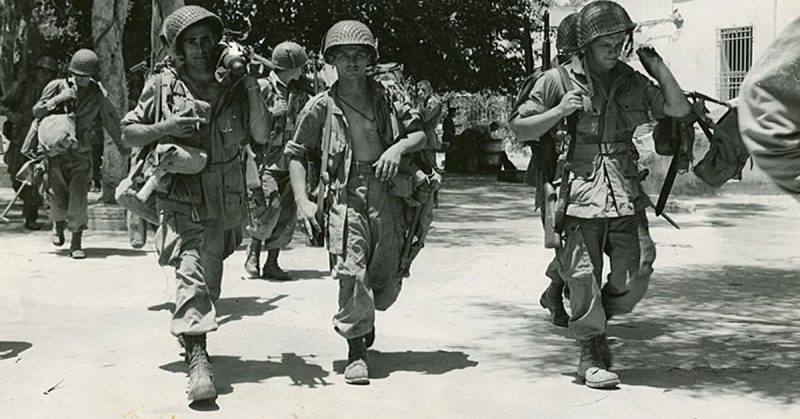There were less than 3,000 paratroopers who jumped into combat four times with the 82nd Airborne Division during World War II. After 1st Sgt. Harold Eatman passed away at his home the first week of July 2018, there are now less than sixteen of those veterans alive today.
According to the 82nd Airborne Division, Eatman passed away at the age of 102 in his home in Matthews near Charlotte, North Carolina. Eatman jumped into Sicily, Salerno, Normandy, and Holland. He was a part of some of the most famous battles in the war.
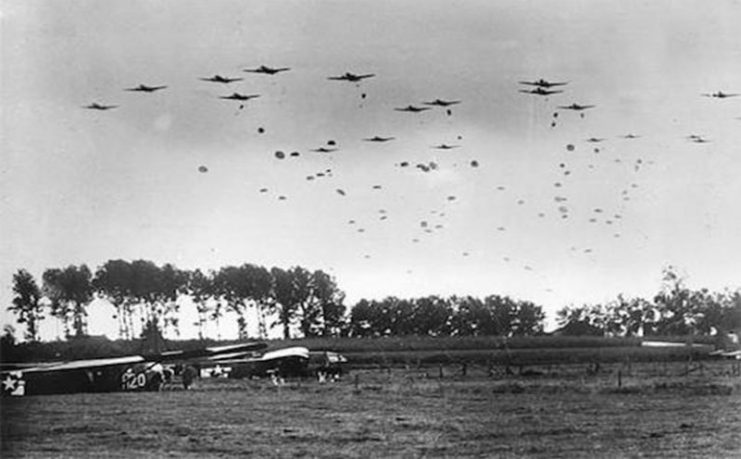
Lt. Col. Joe Buccino of the 82nd said that Eatman was a part of the generation that put an end to Nazism, freed Europe and inspired the generations of paratroopers that followed them.
Eatman was an original member of the 505th Parachute Infantry Regiment which is now the core of the 82nd Airborne’s 3rd Brigade Combat Team.
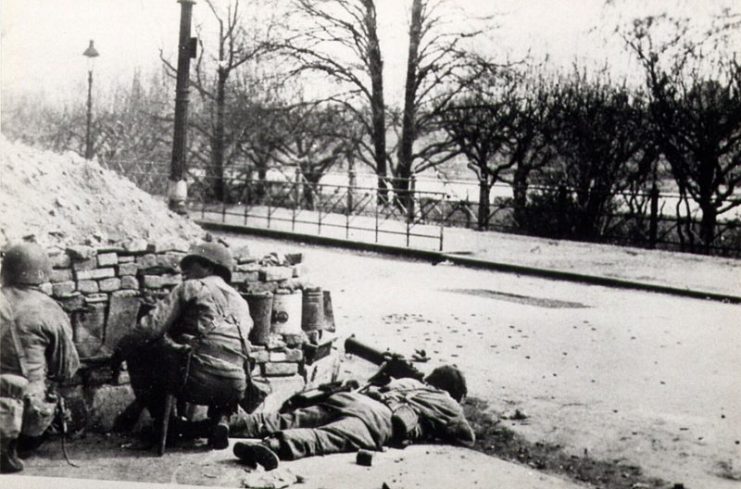
Eatman volunteered for the Army in 1942 not long after he found out about the Japanese attack on Pearl Harbor. He served in Hawaii and then re-enlisted in order to join the new paratrooper force that was trained to jump behind enemy lines.
Eatman’s grandson, Michael Kelley, said that his grandfather heard about the new unit and how tough they were supposed to be.
Eatman was one of eight veterans from North Carolina to be honoured with the French Legion of Honor in recognition of their contribution in liberating France from the Nazi occupation forces.
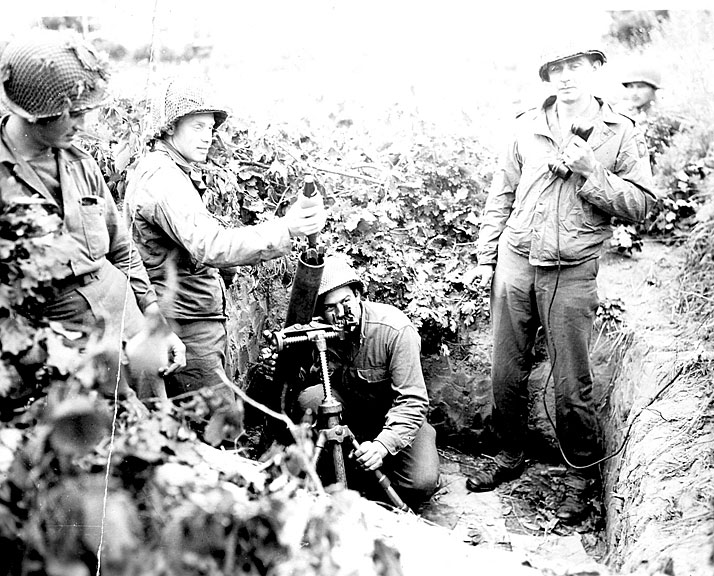
According to Kelley, who also served in the 82nd, some of his earliest memories are of looking through a book about the history of the 82nd with his grandfather. Kelley made his first jumps with Eatman’s wings in his pocket for luck. Eatman pinned Kelley’s wings on him after he graduated from jump school. He said his grandfather inspired and influenced his whole life.
Kelley said that the 82nd was part of his family’s history. Besides Eatman and Kelley, Kelley’s older brother and his nephew all served in the 505.
Eatman also received the Bronze Star, the Purple Heart, two Army Commendation Medals and the Senior Parachutist badge with four bronze stars.
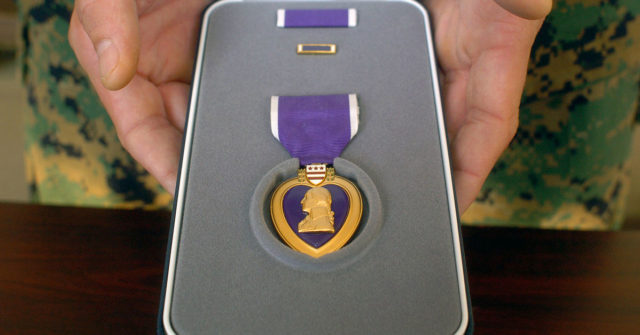
After WWII ended, Eatman volunteered to stay and serve with a funeral escort service that transported the bodies of dead US soldiers from Europe to the US.
Later, Eatman joined the 108th Infantry Division Army reserve unit in Charlotte. The younger soldiers there nicknamed him “Pops.”
The 505th’s first regimental-sized combat jump was on July 9, 1943. The regiment jumped behind enemy lines at Gela, Sicily. Though they were outmanned and outgunned, they managed to block Herman Goering’s Panzer Division and secure the beachhead for Allied landings which allowed the Allies to continue their assault on the Axis powers in Italy.
The 505th’s second jump happened on September 14, 1943, into Salerno, Italy. This made them the first Allied unit to enter Naples. In early 1944, the division was moved to England to prepare for the D-Day invasion.
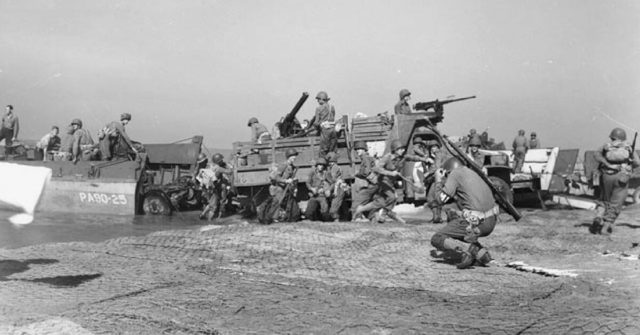
On June 6th, 1944, the 505th jumped into the Normandy Peninsula. They were one of the first airborne units to land during the D-Day invasion. The regiment liberated the first town in France that day, St. Mere-Eglise. The 505th actually jumped prior to the beginning of the D-Day invasion, known as “H-Hour.” Because the 505th has a tradition of being the first to jump, their motto is “H-Minus.”
The 505th’s fourth jumped took place during Operation Market Garden. On September 17, 1944, the unit jumped into Groesbeck, Holland, as part of the largest airborne assault in history.
